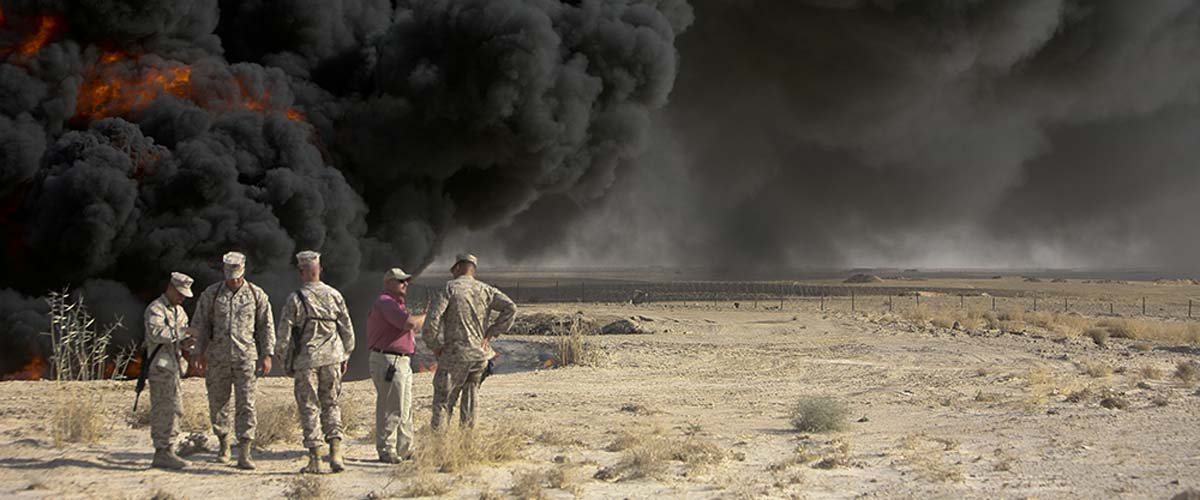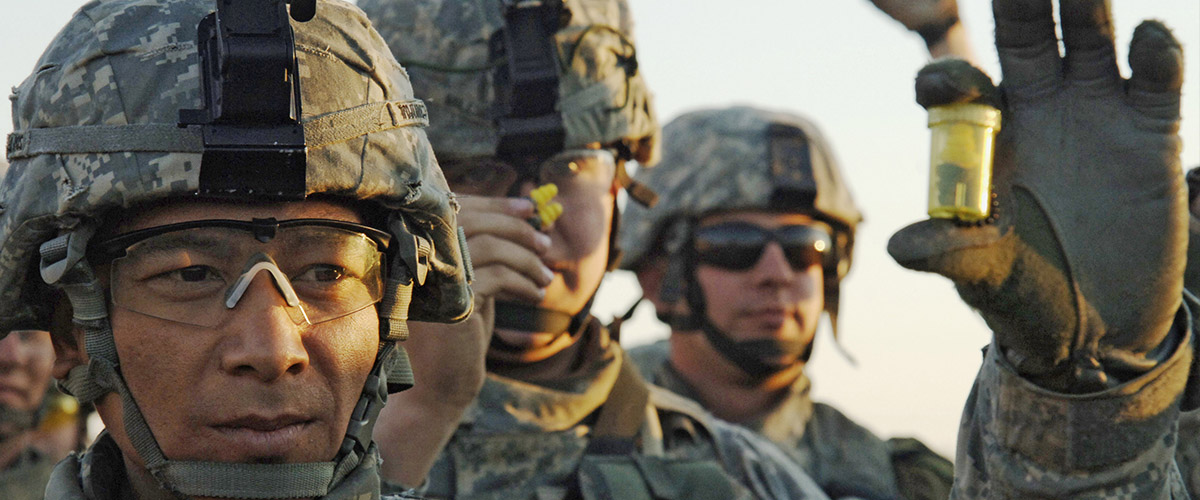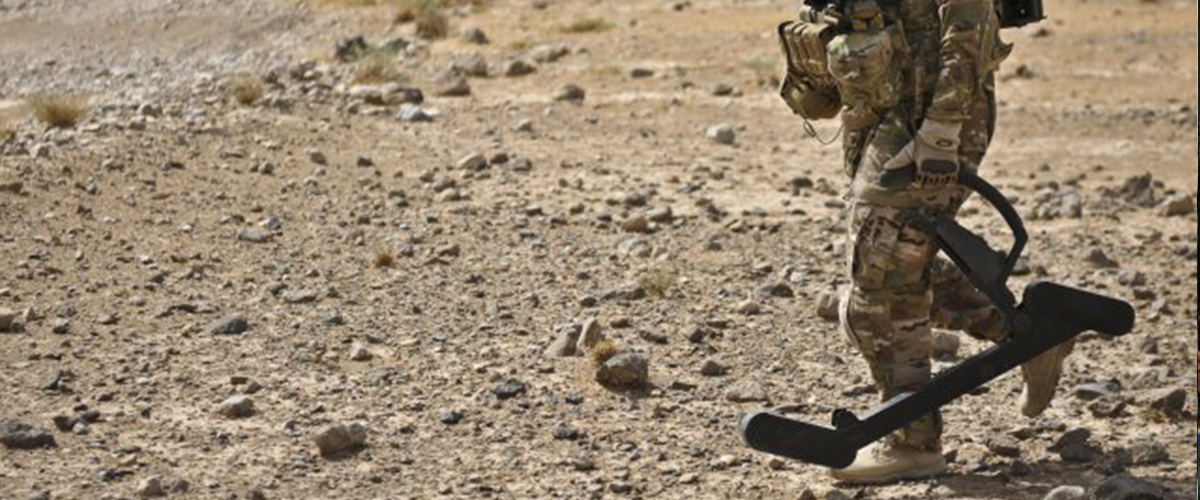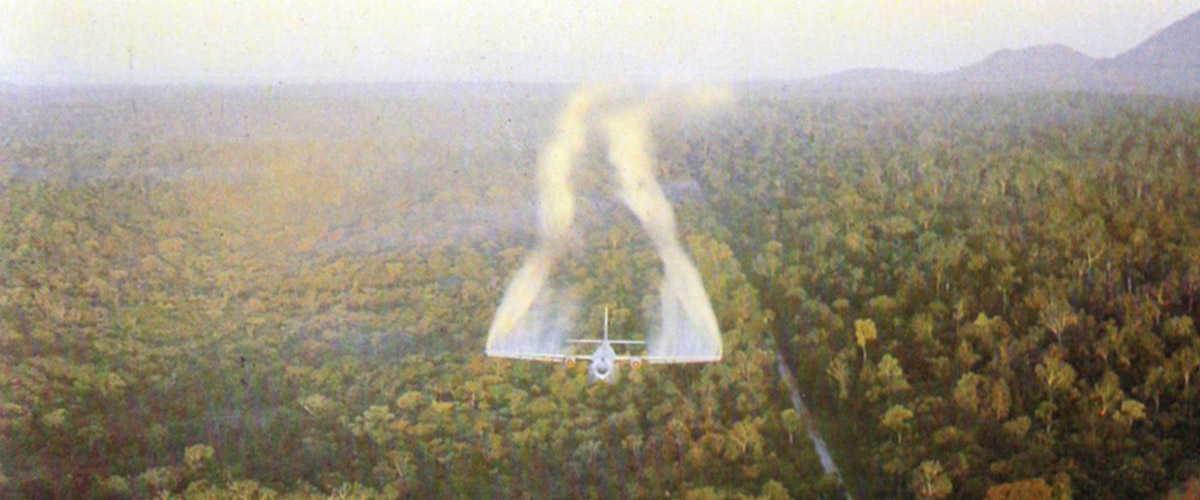
Veterans Exposed to Burn Pit Chemicals Can Join VA Registry
Update as of 19 August 2020 — This month, Senator Thomas Tillis of North Carolina introduced a bill that could provide health services and further testing to veterans exposed to toxic chemicals from burn pits. This bill has the potential to expand research into the poisonous substances that are used in combat and on military installations.
Orignal publish 16 June 2020 — The invasions of Iraq and Afghanistan in the early 2000s left military officials and contractors in the area trying to figure out what to do with all of the trash piling up on installations. The problem affected installations both big and small.
In many of these cases, officials opted to burn the trash in open-air pits. In the years since, thousands of veterans are now suffering from serious, debilitating and fatal health problems as a result of exposure to the toxic fumes produced by the trash.
Veterans are suffering from rare forms of cancer caused by exposure to burn pits during their time in Iraq and Afghanistan.
What items were disposed of in burn pits?
The toxic fumes emanating from enormous military burn pits were composed of several different materials. For example, items disposed of in these pits included the following:
- Chemical weapons
- Computer hardware
- Human remains
- Medical waste
- Asbestos
- Pesticides
- Paint cans
- Fuel
- Other items
What injuries are Veterans suffering from?
Veterans exposed to burn pit toxins may have experienced both short-term and long-term health effects. When immediately exposed to burn pits, veterans may have suffered from nausea, headaches, cough and irritation to the eyes, throat and nose.
Further, veterans can suffer from long-term health effects as a result from exposure to high levels of specific chemicals. For example, those who were closer to burn pit smoke or exposed for longer periods of time may be at a greater risk. Veterans may suffer from these effects through serious health problems through their:
- Skin
- Liver
- Eyes
- Kidneys
- Respiratory system
- Cardiovascular system
- Central nervous system
- Gastrointestinal tract
Studies have identified constrictive bronchiolitis in a small group of soldiers who served in recent foreign conflicts. In many of these cases, soldiers were exposed to potentially hazardous materials in the air.
In addition to health injuries, many veterans are suffering in other areas. For example, a retired Army Capt. Le Roy Torres is currently in a battle against the state of Texas over his job as a state highway patrol officer. Torres suffered significant injuries from burn pit exposure. He says that while he was still able to perform some duties, he was forced out of his position as a state trooper with the Texas Department of Public Safety.
What is the VA doing for Veterans suffering from burn pit exposure injury?
The VA has a registry available to veterans can sign up for. The Airborne Hazards and Open Burn Pit Registry allows eligible Veterans and service members to document their exposure and report health concerns.
Eligible service members include those who served in:
- Operation Enduring Freedom/ Operation Iraqi Freedom/ Operation New Dawn
- Djibouti, Africa on or after September 11, 2001
- Operations Desert Shield and Desert Storm
- Southwest Asia theater of operations on or After Aug. 2, 1990
We are Veterans Helping Veterans
The Veteran Legal Assistance Program is here to support veterans and active duty soldiers. In addition to offering valuable information, we are here to amplify the voices of Veterans and their families. If you are in need of assistance, contact the Veterans Legal Assistance Program and let us know how we can help.
We’ve got your six.



